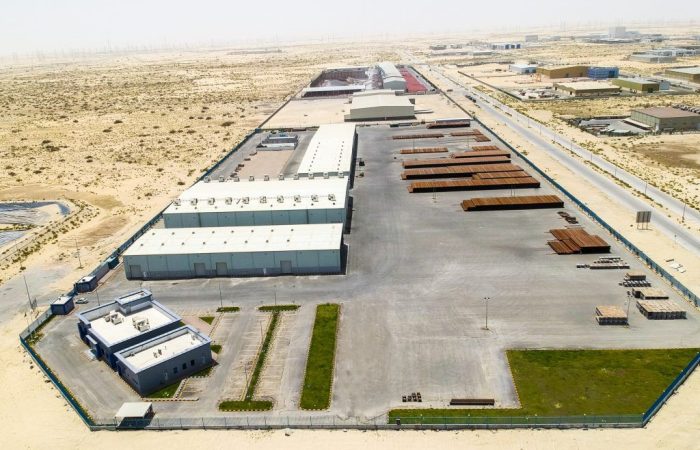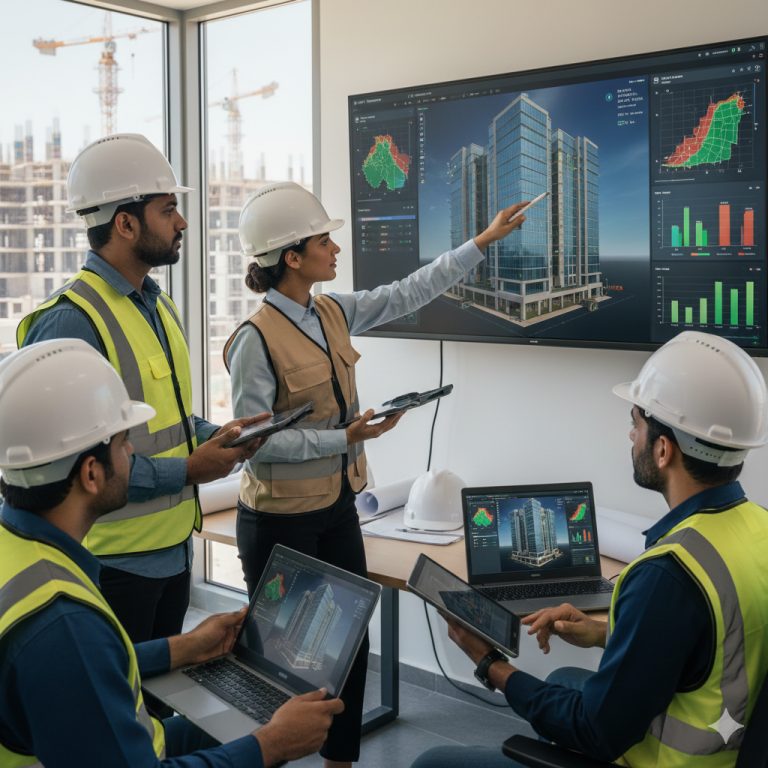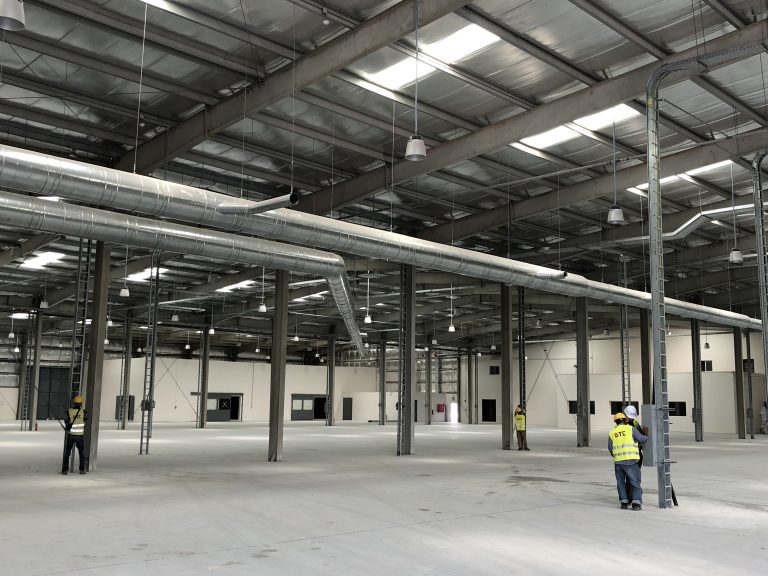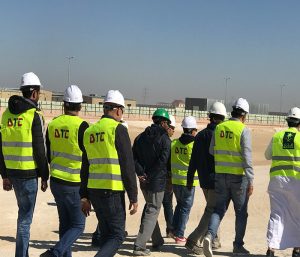Building with Steel: A Comprehensive Guide to Steel Buildings Construction in Saudi Arabia
Titles:
- Introduction to Steel Buildings
- Advantages of Steel Buildings Construction
- Steel Building Types and Designs
- Planning and Preparation for Steel Building Construction
- Steel Building Materials and Components
- Steel Building Foundation and Site Preparation
- Steel Building Framing and Erection
- Roofing and Siding for Steel Buildings
- Doors and Windows for Steel Buildings
- Interior Finishing for Steel Buildings
- Electrical and Plumbing Systems for Steel Buildings
- HVAC Systems for Steel Buildings
- Maintenance and Repair of Steel Buildings
- Cost Estimation and Budgeting for Steel Buildings
- Future of Steel Buildings Construction in Saudi Arabia
Introduction:
Saudi Arabia has been witnessing a tremendous growth in its construction industry in recent years. With the development of various sectors such as oil and gas, infrastructure, and commercial, the demand for efficient and cost-effective construction solutions has increased significantly. In this context, steel buildings have emerged as a popular choice among contractors and developers due to their durability, versatility, and sustainability.
“Building with Steel: A Comprehensive Guide to Steel Buildings Construction in Saudi Arabia” aims to provide a comprehensive resource for anyone involved in or interested in steel buildings construction in the Kingdom. The book covers a range of topics related to steel buildings construction, including planning, design, materials, construction, and maintenance.
The book is divided into 15 chapters, each of which focuses on a specific aspect of steel buildings construction. Chapter 1 provides an introduction to steel buildings and their advantages over traditional construction methods. Chapter 2 discusses the various advantages of steel buildings construction, such as durability, cost-effectiveness, and sustainability. Chapter 3 explores different types and designs of steel buildings, such as pre-engineered buildings, modular buildings, and custom-designed buildings.
Chapter 4 provides guidance on planning and preparation for steel building construction, including site selection, building codes, and permits. Chapter 5 covers the materials and components used in steel buildings, such as steel frames, panels, and insulation. Chapter 6 discusses the foundation and site preparation process for steel buildings, including excavation, grading, and drainage.
Chapter 7 covers the framing and erection of steel buildings, including the use of cranes and other equipment. Chapter 8 focuses on roofing and siding options for steel buildings, including metal panels, shingles, and tiles. Chapter 9 discusses the selection and installation of doors and windows for steel buildings.
Chapter 10 covers the interior finishing process for steel buildings, including insulation, drywall, and flooring. Chapter 11 discusses the installation of electrical and plumbing systems in steel buildings. Chapter 12 focuses on the design and installation of HVAC systems in steel buildings.
Chapter 13 provides guidance on maintenance and repair of steel buildings, including inspection, cleaning, and repair of components. Chapter 14 covers cost estimation and budgeting for steel buildings construction, including the factors that influence the cost of a steel building project. Finally, Chapter 15 explores the future of steel buildings construction in Saudi Arabia and the potential for further growth and development in the sector.
Chapter 1: Introduction to Steel Buildings
Steel buildings are structures that are made primarily of steel, a strong and durable material that is used in a variety of construction applications. The use of steel in building construction has become increasingly popular in recent years due to its many advantages over traditional construction materials such as wood and concrete.
In this chapter, we will explore the benefits of steel buildings and their advantages over traditional construction methods. We will also discuss the different types of steel buildings and their applications.
Advantages of Steel Buildings
There are many advantages to using steel in building construction. Some of the key advantages include
- Durability: Steel is a highly durable material that can withstand harsh weather conditions and is resistant to pests and decay.
- Versatility: Steel can be used to construct a wide variety of buildings, from small storage sheds to large commercial structures.
- Cost-effectiveness: Steel buildings are often more cost-effective than traditional construction methods, as they require less labor and can be constructed more quickly.
- Sustainability: Steel is a sustainable material that can be recycled and reused, making it an eco-friendly choice for construction.
- Design flexibility: Steel can be easily customized to fit specific design requirements, and can be used to create complex and innovative building designs.
Types of Steel Buildings
There are several types of steel buildings that are commonly used in construction. Some of the most popular types include:
- Pre-engineered steel buildings: These are prefabricated buildings that are manufactured in a factory and then assembled on-site.
- Modular steel buildings: These are modular units that are constructed off-site and then transported to the building site for assembly.
- Custom-designed steel buildings: These are steel buildings that are designed specifically to meet the unique needs and requirements of a particular project.
Applications of Steel Buildings
Steel buildings can be used for a wide variety of applications, including:
- Commercial buildings: Steel buildings are often used for commercial purposes, such as office buildings, warehouses, and retail stores.
- Agricultural buildings: Steel buildings are commonly used in the agriculture industry for purposes such as barns, stables, and storage facilities.
- Industrial buildings: Steel buildings are frequently used for industrial purposes, such as manufacturing plants, storage facilities, and workshops.
- Residential buildings: Steel buildings can also be used for residential purposes, such as homes and apartment buildings.
Overall, steel buildings offer a range of benefits and advantages over traditional construction methods. In the following chapters, we will explore the various aspects of steel building construction in more detail, including planning, design, materials, and construction techniques.
Chapter 1: Planning a Steel Building Project
Before embarking on a steel building project, it is important to plan carefully in order to ensure that the project runs smoothly and meets your expectations. In this chapter, we will explore the key steps involved in planning a steel building project, including site selection, building design, and budgeting.
Site Selection
The first step in planning a steel building project is to select a suitable site for the building. Factors to consider when selecting a site include zoning regulations, environmental concerns, access to utilities, and proximity to transportation routes. It is important to work with a qualified engineer or architect to evaluate potential building sites and determine their suitability for the project.
Building Design
Once a site has been selected, the next step is to design the building. This involves determining the size and shape of the building, as well as the layout of interior spaces. It is important to consider factors such as building codes, energy efficiency, and accessibility when designing a steel building. Working with an experienced architect or engineer can help ensure that the design meets your needs and complies with local regulations.
Budgeting
Another key aspect of planning a steel building project is budgeting. It is important to determine the total cost of the project, including site preparation, construction materials, and labor costs. When budgeting for a steel building project, it is important to take into account the durability and longevity of steel, which can provide long-term cost savings compared to traditional construction materials. Working with a reputable steel building contractor can help ensure that the project stays within budget and meets your needs.
In conclusion, careful planning is essential for a successful steel building project. By selecting a suitable site, designing the building to meet your needs, and budgeting carefully, you can ensure that your project meets your expectations and provides long-term value.
Chapter 2: Designing a Steel Building
Designing a steel building involves several important considerations, including the building’s intended use, layout, and aesthetic appearance. In this chapter, we will explore the key aspects of designing a steel building.
Building Use
The first step in designing a steel building is to determine its intended use. The building’s use will impact the building’s layout, size, and design. For example, a warehouse will require a large open space for storage, while an office building will require separate rooms for individual workspaces. It is important to consider the building’s intended use when designing the layout and determining the building’s size.
Layout
Once the building’s intended use has been determined, the next step is to design the building’s layout. The layout should be functional and efficient, with a clear flow of traffic and easy access to all areas of the building. It is important to consider factors such as safety, accessibility, and convenience when designing the layout.
Aesthetic Appearance
In addition to function and layout, the aesthetic appearance of a steel building is also an important consideration. The building’s design should be visually appealing and complement the surrounding environment. Steel buildings offer a wide range of design options, including different colors, textures, and finishes, which can be used to create a unique and attractive building design.
Structural Considerations
Finally, it is important to consider the structural design of the steel building. Steel buildings are highly durable and can withstand a wide range of weather conditions, but it is important to ensure that the building’s structural design is sufficient to meet local building codes and regulations. Working with a qualified engineer or architect can help ensure that the building’s structural design meets all necessary requirements.
In conclusion, designing a steel building involves several important considerations, including the building’s intended use, layout, aesthetic appearance, and structural design. By carefully considering each of these factors, you can create a steel building that meets your needs and provides long-term value.














